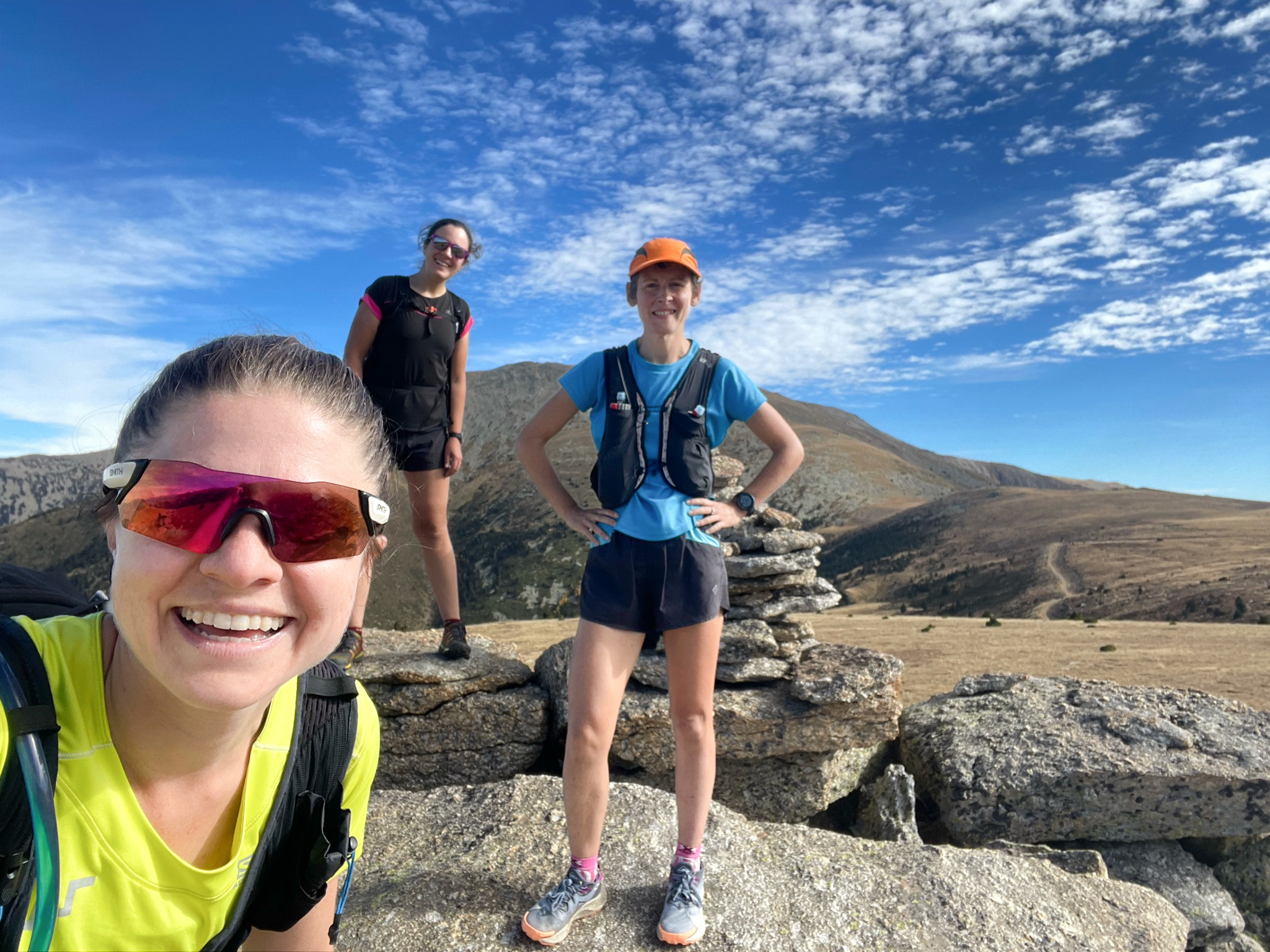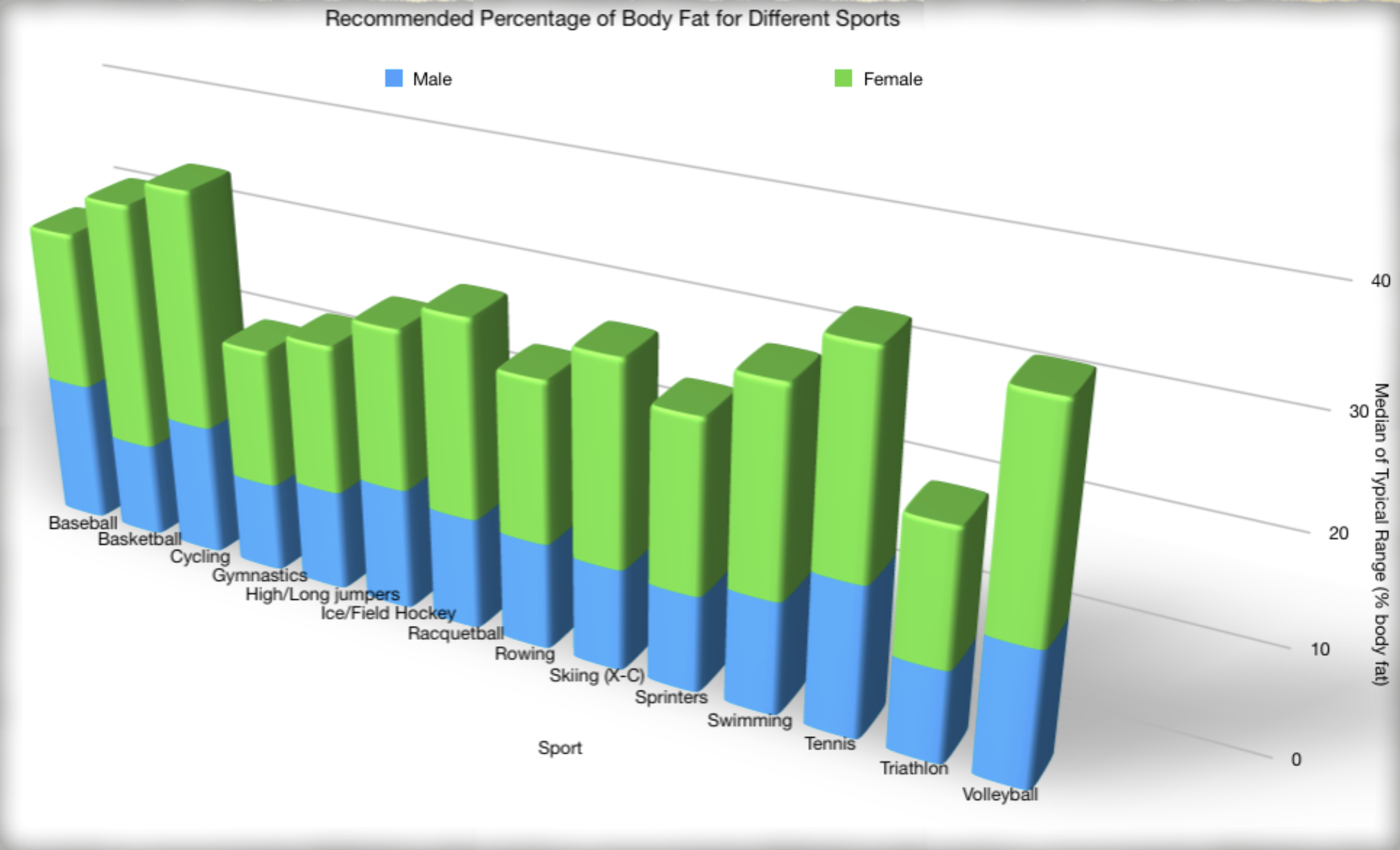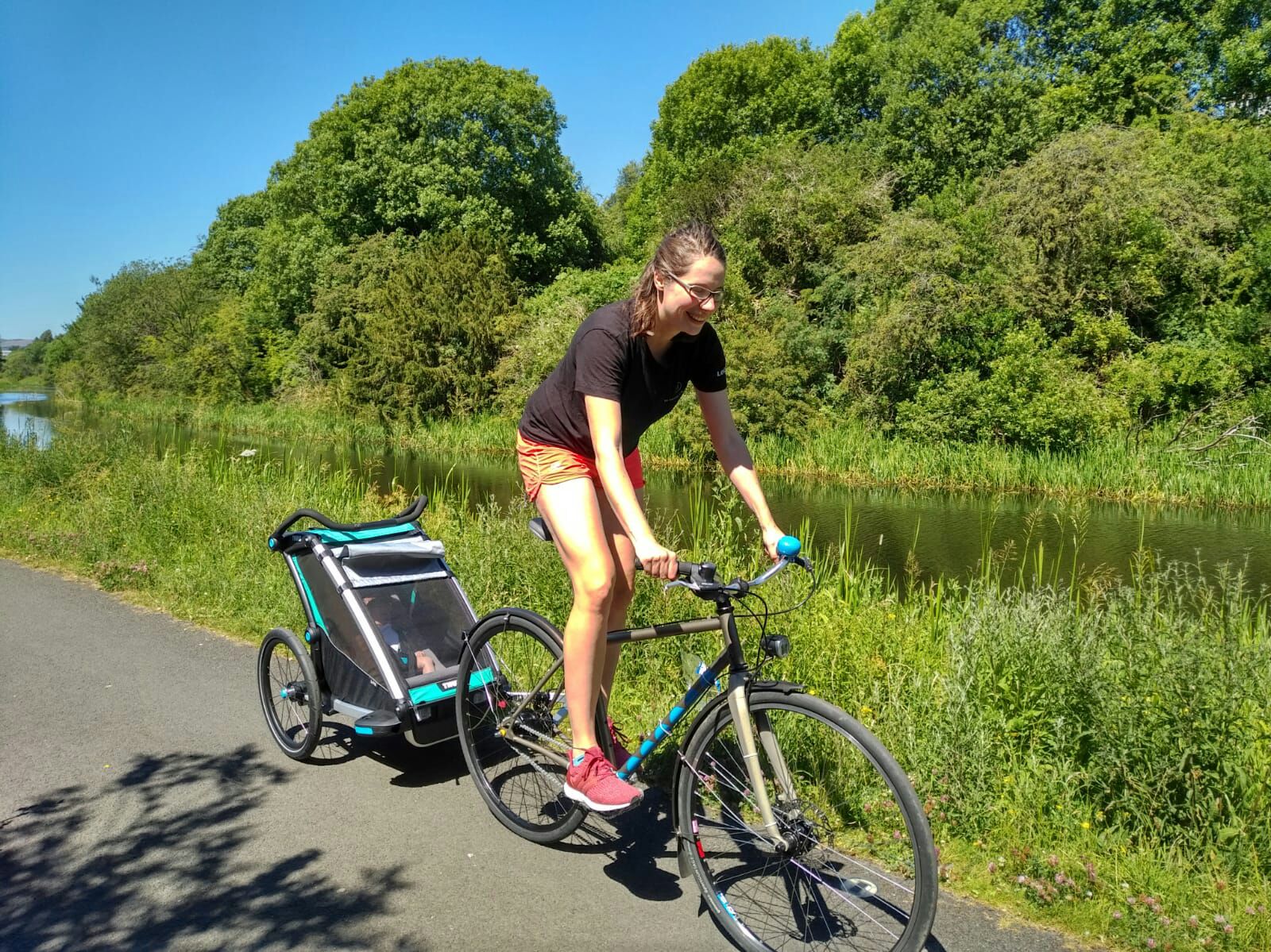Training for Women: Beyond the Male Model

In 2024 Courtney Dauwalter made history winning UTMB for the third consecutive year in addition to winning two other high profile ultra endurance events. Women's endurance sports has never been better as women again and again are breaking record after record and showing performances equal to and in some cases better than men. So if women can compete against men (and win) should they be doing the same training?
Women should train differently from men to account for their unique female physiology and fluctuating hormones. My personal approach is to provide customised training that is optimal for the individual. Here are some of the things I consider for female athletes:
- Focus on adequate fueling to prevent RED-S and support performance
- Include targeted strength training to support bone health and offset bio-mechanical weaknesses
- Consider individual recovery needs in relation to female physiology and hormones
- Adjust training through different life stages, including pregnancy and menopause
- Adapt training intensity to different phases of the menstrual cycle
Key Training Considerations for Women
Prioritise Performance over Body Shape
Whilst not uniquely a problem for women, the noted instances of RED-S, under-fuelling and disordered eating among female endurance athletes is enough to highlight this. It can be very easy to get caught up in 'thinner is better' both socially and in endurance sport. Body shape and optimum weight for performance are very individual so it's important that you find the healthy weight for your optimum performance...even if this does not fit the stereotypes of the female endurance athletes as depicted in your favourite magazine. Specifically it is worth reminding ourselves that women naturally carry more fat than men and that different sports tend to need different percentages of fat for both men and women. This table is a useful visual aid:

You can do significant and possibly irreparable damage to your body if you under-fuel whilst training hard. Focussing on women's fitness needs and your performance rather than numbers on a scale, tape measure or how you think you look in a mirror will help you make the fitness gains you need to make without compromising your health. Good ways to do this are:-
- Adequately fuel your training sessions with carbohydrates (and protein).
- Ensure you take in good sources of protein to promote muscle repair and growth, which include all the Branched Chain Amino Acids you need.
- Monitor your energy levels and if you are feeling particularly slow, and fatigued and there is no other obvious explanation, see a medical practitioner and get some blood work done to check if you are meeting all your dietary needs.
- Know what is a good healthy weight for you, which you can both maintain and at which you can perform well.
- If you have a history of disordered eating be particularly careful and ensure you have a suitable support network around you to ensure you stay healthy.
- If you find yourself obsessing and over-stressing about food, you have lost a lot of weight quickly and/or people around you have expressed concerns see a medical professional.
- Focus on weight management if you need to in your off season.
- Whatever coaching environment you are in if you are experiencing significant pressure to change your body shape and reduce your fuel intake to the detriment of or without recourse to your performance, seek a second trusted opinion.
Account for Your Individual Body Shape
Even amongst women there are a variety of different body shapes; women's fashion magazines have been telling us this for years. In endurance sports like running or cycling thinking about and accounting for this means we can increase comfort, efficiency and decrease risk of injury. Things I usually consider are:
- Strength Training - by targeting areas that might be less than optimum bio-mechanically we can develop strength programmes to protect us from over use/strain injuries. Examples would include the wider hips of some female athletes which leads to a greater risk of the knee collapsing in on a running stride and/or on the downward pedal stroke. Focussed work around strengthening the hips; quads, glutes and ankles adresses female physiology by protecting and stabilising the knees.
- Clothing - in long endurance events comfortable clothing that does not rub and provides support where needed will enable you to go further and avoid skin abrasions and muscle soreness. The obvious example is a decent sports bra if you need it to avoid discomfort and back pain, but other examples include shorts with the right cut (to account for your bum and hips and avoid your thighs rubbing at the top) and tops/jerseys that account for your bust so they don't ride up and pucker up under the armpits.
- Equipment - whilst we don't all have the luxury of custom made bikes getting equipment that works with your body and is set up correctly increases efficiency and reduces injury risk again. So, the right sized bike and a decent bike fit will help enormously, along with right sized bars, cranks, and a saddle that fits your body shape and pressure points. Some of this is trial and error of course, but shops selling decent equipment often have services to help you decide.
Train around your Menstrual Cycle
If you are someone who is affected a lot by your periods it may well be worth adapting your training around them. In general the trend seems to be that when in your high hormone phase (the last half of your cycle) you may lack the power and speed needed to make maximal gains for sprinting, v02max and maximal strength, but be able to make good gains in endurance (longer slower workouts). During the first half of your cycle you may find you are able to lift heavier, hit higher powers and can make bigger gains in strength and sprint sessions.
The best way in my experience to train round your cycle, is to find what works best for you. Tracking your periods using an app can help or tracking days in your training app/diary and making notes of how training goes on given days can give you a good idea of what might work best for you. If PMS is particularly bad at around the time of your period, planning these days as your easy days can help.
Our traffic light system is a good way to track things outside of training that can impact your readiness to train and your energy levels.
Nutriton Strategies for Different Hormonal Phases
In addition to your ability to train, the nutrition you need during different phases of your cycle can also change.

When oestrogen levels are high your body will favour fat over carbohydrate as fuel due to reduced carbohydrate oxidation and increased fatty acid availability. Try including some healthy fats in your diet specifically during this phase.
When Progesterone levels are high there is an increase in protein catabolism so your body will break down more proteins into amino acids for energy. Using training bars and gels with added protein can help during this phase and having protein after hard workouts is even more important at this time.
High levels of progesterone also increase your body's core temperature so you may need to dial in your fluid intake in the 5-7 days leading up to your period. If you are on an oral contraceptive you will be in this high hormone phase all the time.
The combination of high progesterone and oestrogen results in a reduction in blood plasma (your blood gets thicker) meaning you need to manage both fluid and salt intake. A decent isotonic drink will fulfil these requirements. Adding electrolytes to your morning hydration drink can help you start the day in better shape.
You may also find that in general your energy requirements are different during different points in the cycle, so if you do not have any disordered eating problems eating to hunger can help.
Training through Different Life Stages
Pregnancy and Training
Every woman's experience of pregnancy is as unique as every other part of her body and as such my experience is that there is no one straight answer to this. Some athletes have a relatively stress-free pregnancy and can do some training until quite far on in their pregnancy. Others suffer immensely from fatigue, nausea and discomfort and are unable to train. If you have struggled to conceive you may be far more comfortable resting and focusing on your pregnancy than training.
Here are a few things that I have learned over my time as a coach:
- Train to Perceived Exertion, your body is going through many changes and your usual training parameters will also change. Using a measurable scale like the Bjorg scale or the one below will help you stay within your planned training parameters.
- Train in cool temperate conditions to keep your basal temperature below 39°C (102°F).
- Do what is comfortable - so if riding your bike becomes uncomfortable but you want to remain active trying a reclining bike, switching to swimming/running/walking might help. Similarly with running, if running is too aggressive switch to walking or running in water where there is more support on your super bendy joints and for your bump.
- Focus on maintenance rather than fitness gains - there will be time enough afterwards to look at making big fitness gains. There are some great advantages to training throughout pregnancy, one of which is maintaining some fitness; others include better mental and physical health for you and your baby and better strength. Focussing on what you can gain from training will help keep you at the right level of intensity.
- Avoid anything with new demands - starting a new sport or introducing a new type of challenging workout can put unnecessary stress on your body and your baby; focus on things that will help maintain fitness and save new things for later.
- Prioritise the health of your baby - it goes without saying that any training you do should not be at the expense of your baby's health; if something feels wrong or there are signs that your baby is in distress however much you may want to continue you will need to back off.

Returning to Training Postpartum
Adapting to life as a new mum comes with its own unique challenges. If and when you are able to train getting even a small break for some exercise(as little as 20 minutes) when it is safe to do so can help with your mood so it's good to have a plan for this if you want to return to training. As with pregnancy coming back afterwards is also very individual. In general working with female athletes we would always follow some basic parameters:
- Be guided by your obstetrician about when it is safe for you to return to training and what training is safe to do; this will largely depend on how the birth went and whether you had a vaginal birth or a caesarean.
- In addition to this the health of your baby and their own individual needs may also dictate how and when you come back. Breast feeding can mean that certain activities are uncomfortable if not carefully planned and some babies just seem to be more needy than others.
- If you are a single mum or your partner is away a lot you may not be able to get out so having something you can do indoors can help.
- Your biomechanics will change during and after childbirth, so it is worth having another running assessment and/or bike fit once you are back to training full time to avoid injury.
- As with any return to sport after a break/surgery/injury/major life event do so slowly and be patient. You will have inevitably lost some fitness and key factors have changed, including your energy levels now you have a new person to look after. Being realistic about the time and energy you have available to train and will help you come back stronger and without injury/sickness.
- Investing some time in core work specifically for recovery from pregnancy will help you return to sport more safely. There are many yoga and pilates classes with this focus; choose a reputable class from an appropriately trained coach.

Training through Menopause
Whilst perimenopausal symptoms can make it hard to train, continuing to be active during this stage can also be beneficial to those symptoms. As hormone levels change you may notice a change in pace/speed and power and certain things can help you continue to enjoy training and racing if you wish. These include:
- Adapting goals for where you are; if you are competitive this may mean thinking more about category podiums rather than outright podium (but don't discount them).
- Work with what you've got on any given day. This premise is actually important for any stage in your sporting career, but at a time when your body is in a state of change the need to be flexible increases. Energy levels in particular can fluctuate at this time so being open to changing your plan if your body says no means that you can continue to enjoy training and fitness.
- You can still train hard. There is no reason why if you feel able you should not still train hard - just be mindful that you will need longer to recover and hard is based on what you perceive on any given day, (not some random numbers from when you were 21 years old).
- Bone health and muscle mass can both decrease as you transition from fertile to peri and post menopause; maintaining muscle mass and bone density are achieved by maintaining weight bearing sports and doing focussed strength workouts.
- Adequate protein and calcium intake to support your training and body is key at this time.
Conclusion
Training as a female athlete requires special consideration for your unique female physiology throughout all stages of life. When we take these things into consideration we can train more effectively and achieve amazing results comparable to and sometimes exceeding our male counterparts.
Frequently Asked Questions
Will strength training make me bulky?
Strength training will not make you bulky, even if you lift heavy; so long as you gain lean muscle mass and not fat you will stay lean.
Why do I experience such varying energy levels during training despite consistent habits?
If you are experiencing fluctuating energy and performance it's time to take a step back. You may need to fuel better, increase your rest days and decrease the amount of intensity you are doing. You can find out more in this blog.
How can I tell if my current training plan is designed appropriately for women?
The design of a lot of off the shelf training plans are generic; the best way to get a plan that is adapted for your specific needs is to seek 1-1 coaching from a qualified coach.
September 8, 2023


Comments